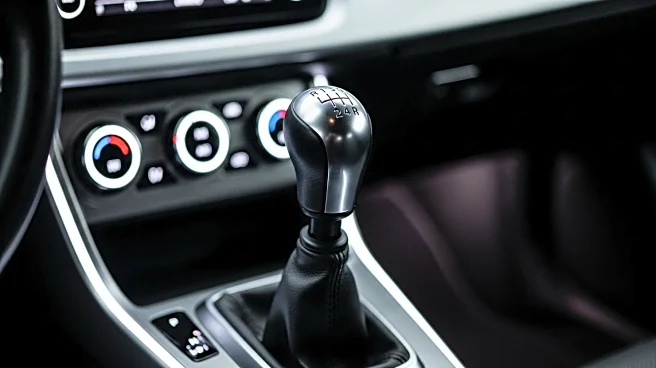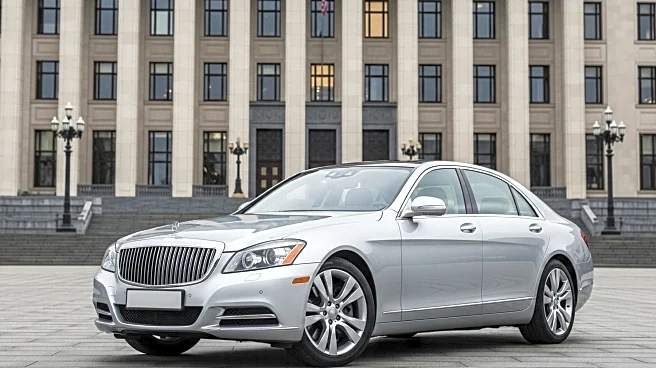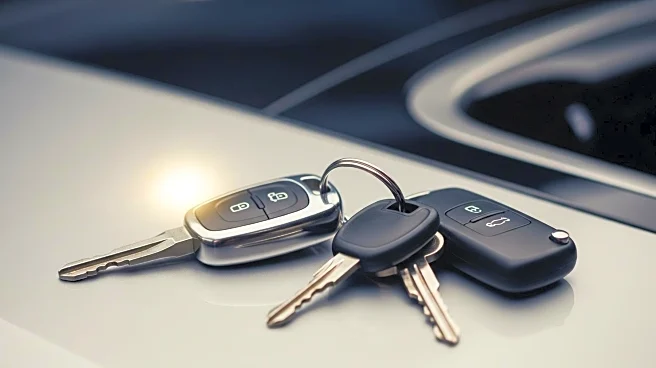What's Happening?
The manual transmission is rapidly losing popularity in the automotive market, both in the United States and Europe. Data shows a significant decline in manual transmission sales, with only 0.8% of new light vehicle sales in the U.S. featuring manual transmissions last year. This trend mirrors the shift towards automatic transmissions, which have become more affordable and technologically advanced. The decline is attributed to changing consumer preferences, increased urban traffic, and the convenience offered by automatic transmissions. The manual transmission, once a staple in many vehicles, is now primarily found in sports cars.
Why It's Important?
The decline of manual transmissions reflects broader changes in consumer behavior and automotive technology. As automatic transmissions become more prevalent, manufacturers may focus on developing advanced automatic systems, potentially phasing out manual options. This shift impacts car enthusiasts who prefer manual driving experiences and could influence the design and marketing strategies of automotive companies. The trend also highlights the industry's adaptation to urbanization and the demand for convenience in driving. The decline may affect the resale value and availability of manual transmission vehicles in the market.
Beyond the Headlines
The shift away from manual transmissions may have cultural implications, as driving a manual car is often associated with a more engaged driving experience. The decline could lead to a loss of driving skills traditionally associated with manual transmissions. Additionally, the trend may influence automotive education and training programs, which may need to adjust their curricula to focus more on automatic systems. The environmental impact of transmission types could also be a consideration, as automatic transmissions may offer better fuel efficiency in certain conditions.











